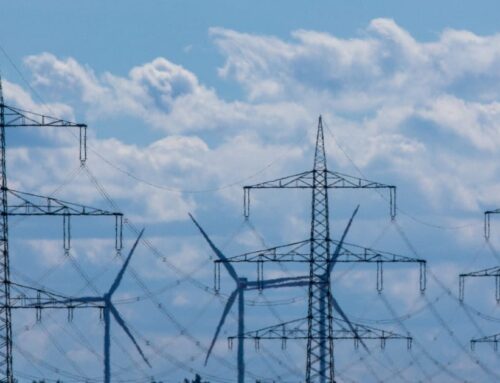India adds 4.8 GW of new solar cell capacity
October 5, 2025
The nation of India has announced that it has added 4.8 GW of new solar cell capacity to its already vast solar sector. India is among the worst polluters in the world, and the country’s cities are regularly blanketed in a cloud of smog, which has an inevitable effect on the health of its citizens. The Indian Ministry of New and Renewable Energy (MNRE) announced recently that it has added 4.8 GW of new solar cell capacity to the Approved List of Models and Manufacturers (ALMM) List-II.
The Indian government is working hard to promote the solar power sector with its list of approved manufacturers
The Indian government established the list in 2021, and the solar sector has seen massive benefits thanks to the pioneering approach to the sector being led by the ALMM list for modules. The government-led list of solar manufacturers, primarily Indian-based, allows for the companies’ modules to be used in government-supported projects, of which there are many.
Over the past four years, the 21 registered module manufacturers in the ALMM have increased to 100, operating 123 separate manufacturing plants across the vast Indian country.
The previously approved solar cell capacity comes from a wide range of companies that include:
- PV manufacturers Adani
- Emmvee
- Premier Energies
- Mundra Solar
- ReNew
- Jupiter International
- First Solar
Industry stakeholders have welcomed the addition of the new solar cell manufacturers to the ALMM list
For a country as industrious as India, more effort is needed to develop the country’s solar cell manufacturing sector. Solar power could play a vital role in India’s decarbonization ambitions.
The first update to the list comes from two main manufacturers, although they both fall under the utility Tata Power. The majority of the capacity added to the list is for Mono passivated emitter rear contact (PERC) cells. Of that, TP Solar is enlisting nearly 4.5GW of annual capacity and Tata Power Renewable Energy 280MW.
TP Solar’s facility is located in the state of Tamil Nadu, while the Tata Power Renewable Energy cell processing plant is located in the nearby state of Karnataka. The ALMM List-II comprises more than half of the operational capacity for solar cells in India. Data from industry observers has shown how the annual nameplate capacity for solar cells tripled from 9GW to 25GW between March 2024 and March 2025.
The update to the list comes just days after the Indian government announced that it plans to add wafers to the ALMM starting from June 2028. The announcement has been welcomed by India’s vast number of solar cell manufacturers, including Premium Energies’ chief business officer, Vinay Rustagi, who stated that the move was a logical next step for the country to be self-reliant in solar manufacturing.
“We believe that the policy is very well thought out and is aligned with the government’s intent,” – Premium Energies’ chief business officer, Vinay Rustagi
Adding to the reputation of solar power globally, the Energy Information Agency has noted that solar power will continue to play a vital role in the future in the United States.
The Indian government is acutely aware of the need to invest in alternative forms of power generation
Considering the sheer number of people in India, the need for alternative power solutions remains as relevant as the nation’s standing in the international community. India will surely lean on its BRICS partners to further advance the standing of solar power globally. If that does happen, more and more countries will surely follow the example set by India and promote the solar power sector in their own nations. Solar power has dominated the growth of the energy sector in the United States in H1 2025. Will India add more capacity to the already growing ALMM List?
Author Profile
Search
RECENT PRESS RELEASES
Related Post



